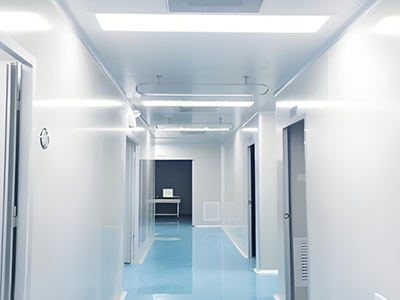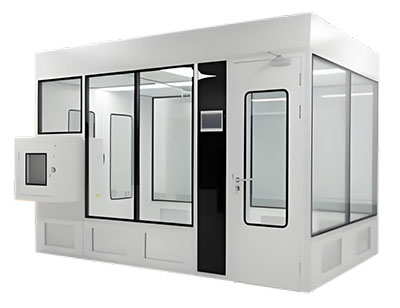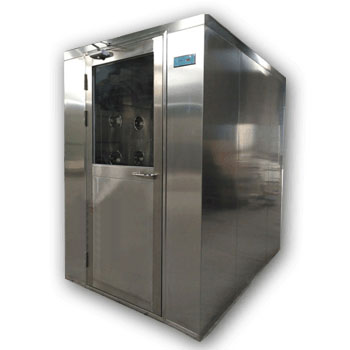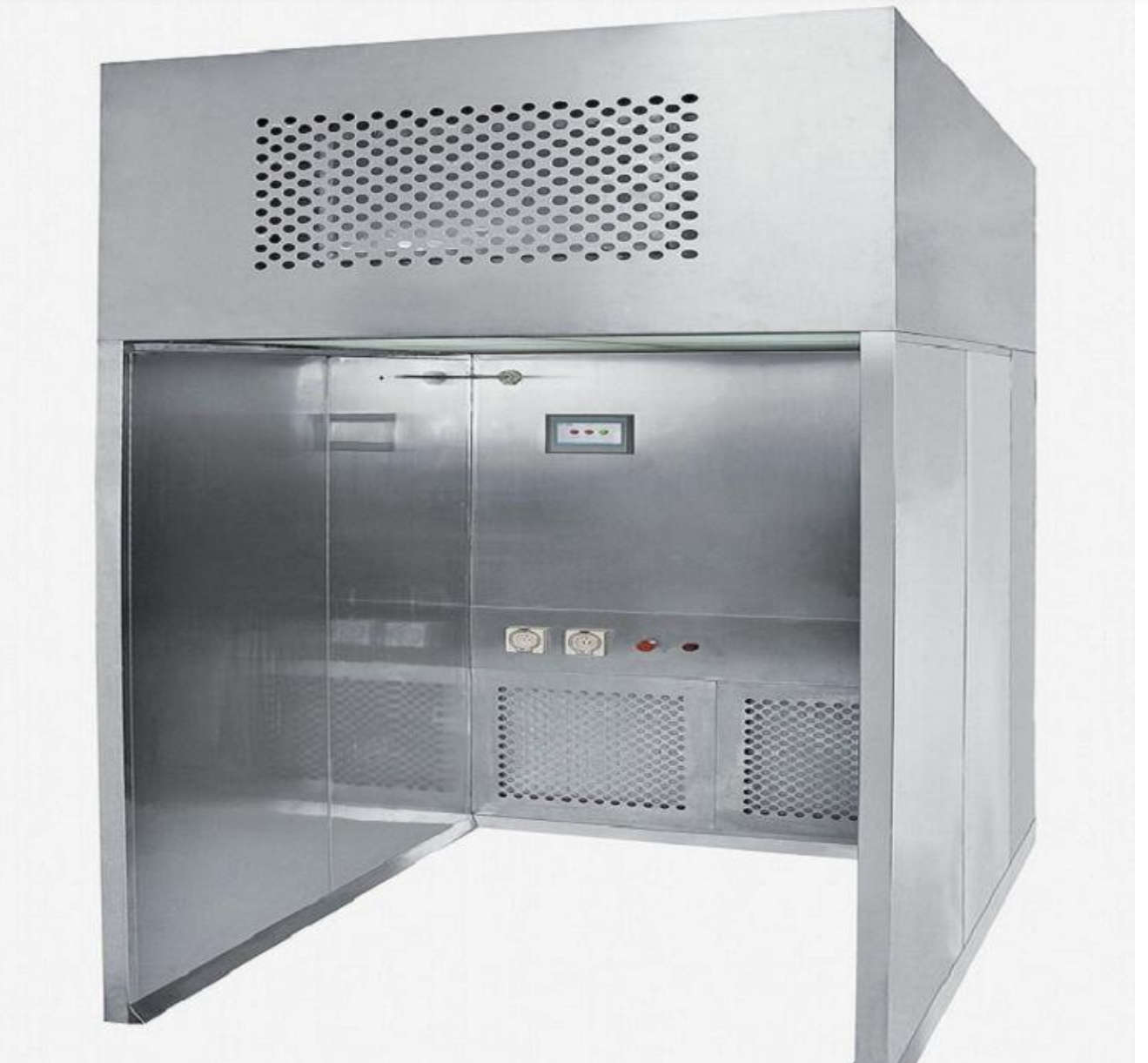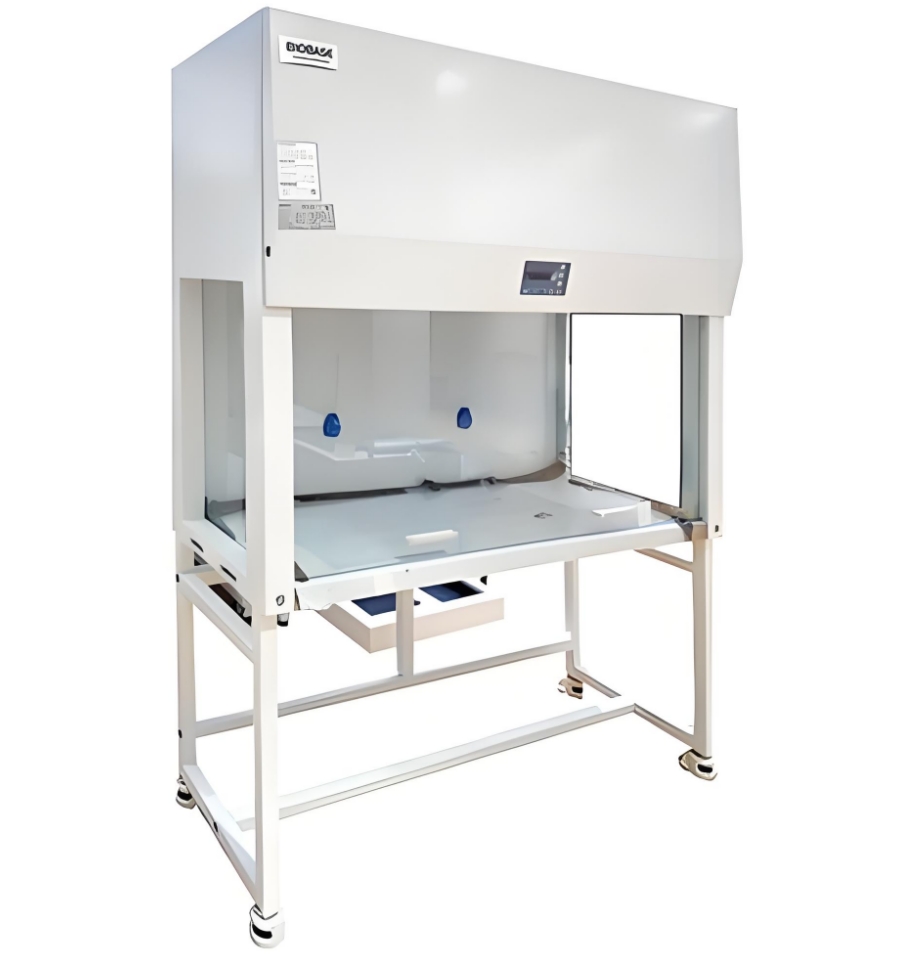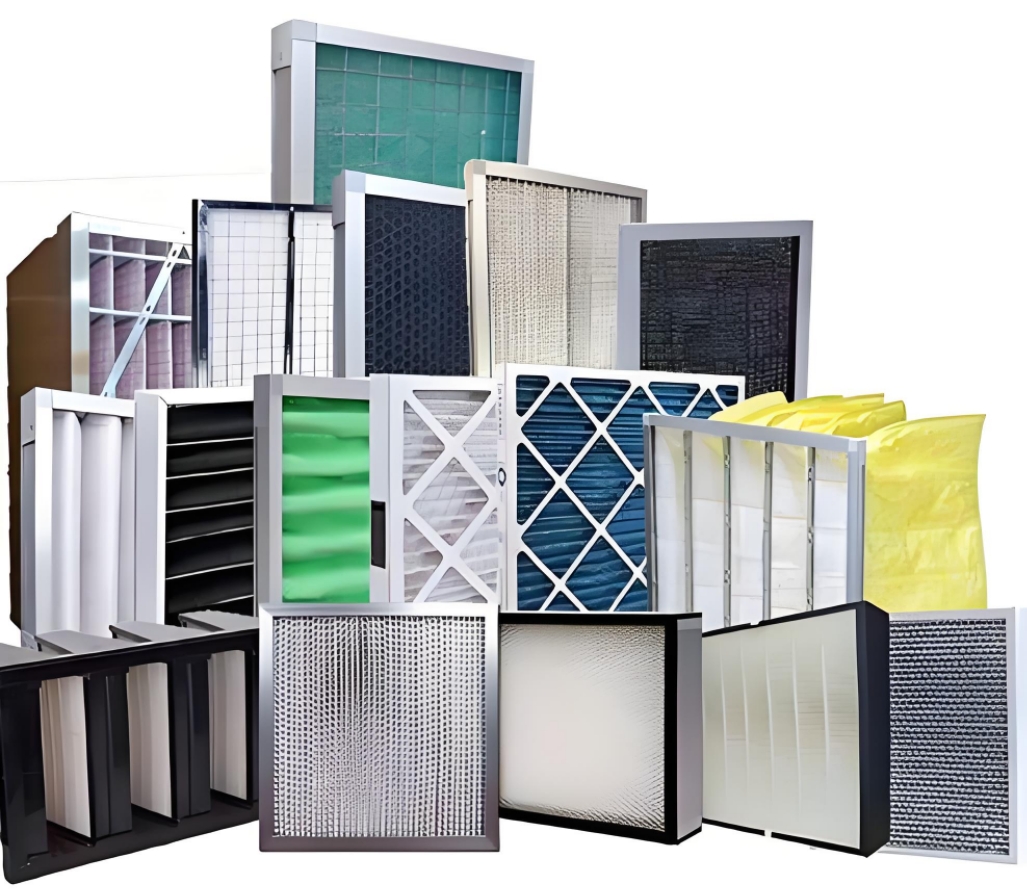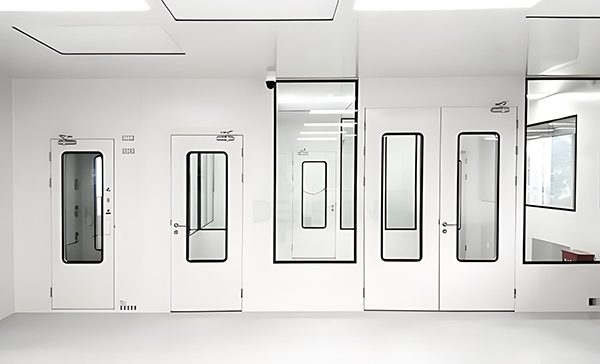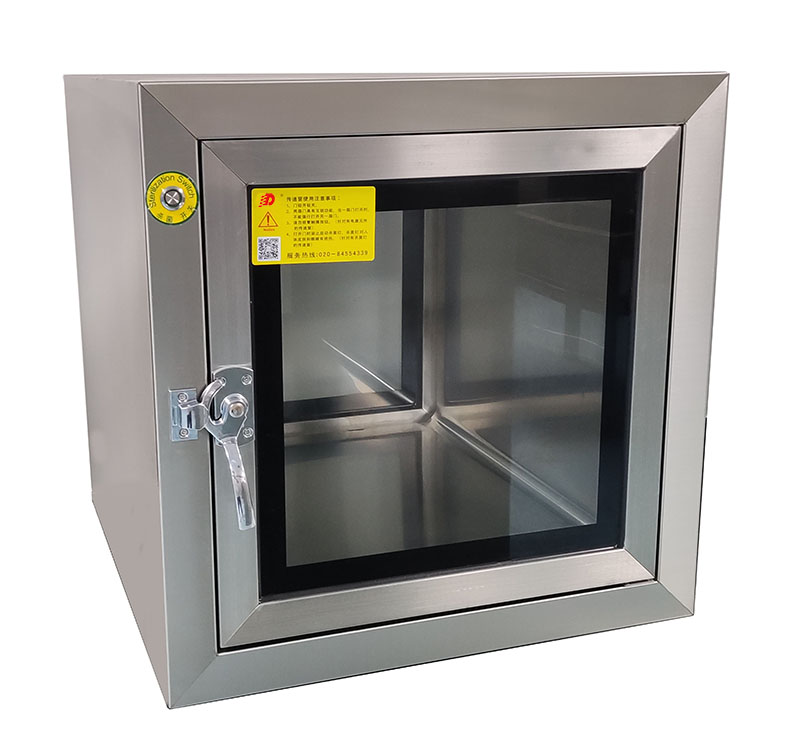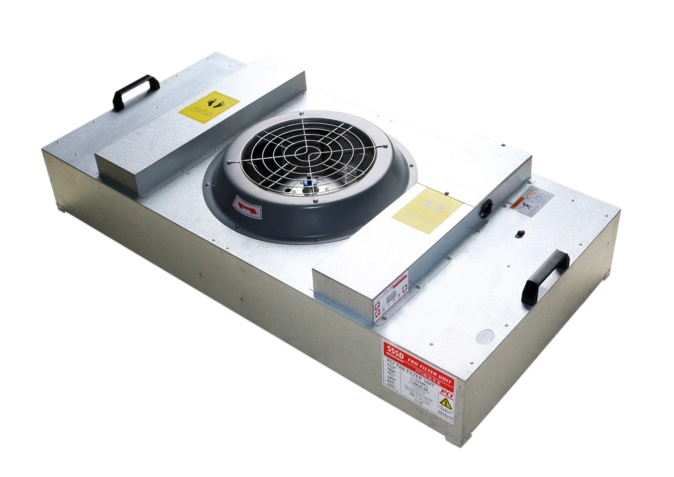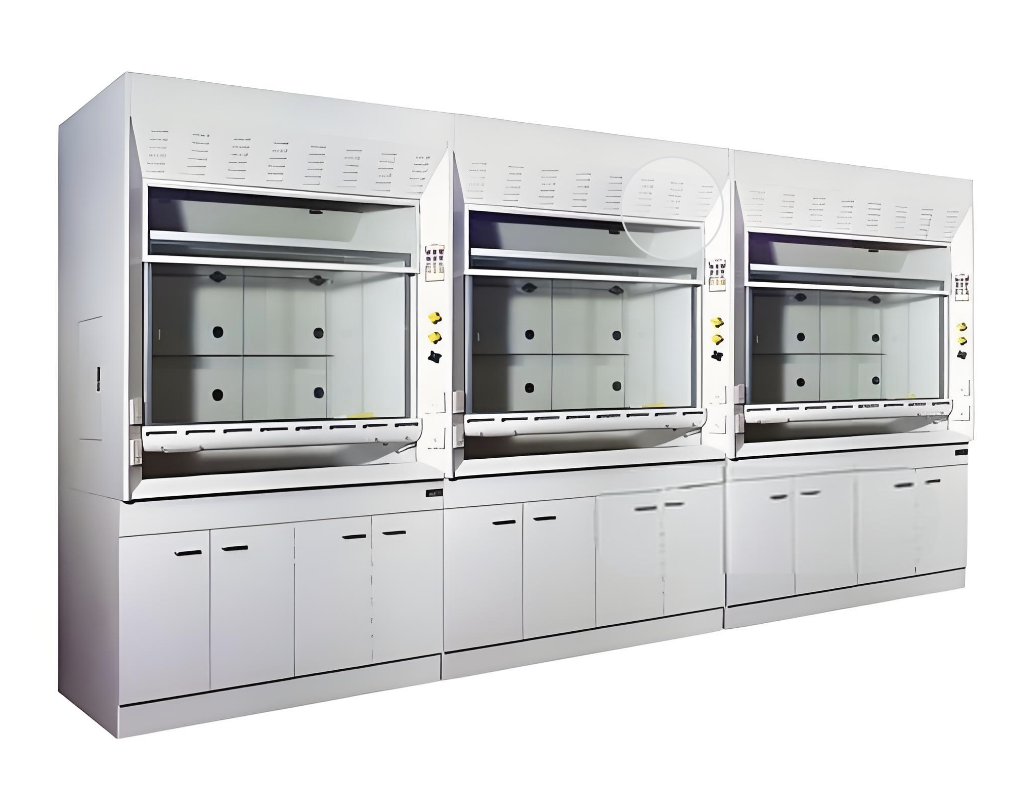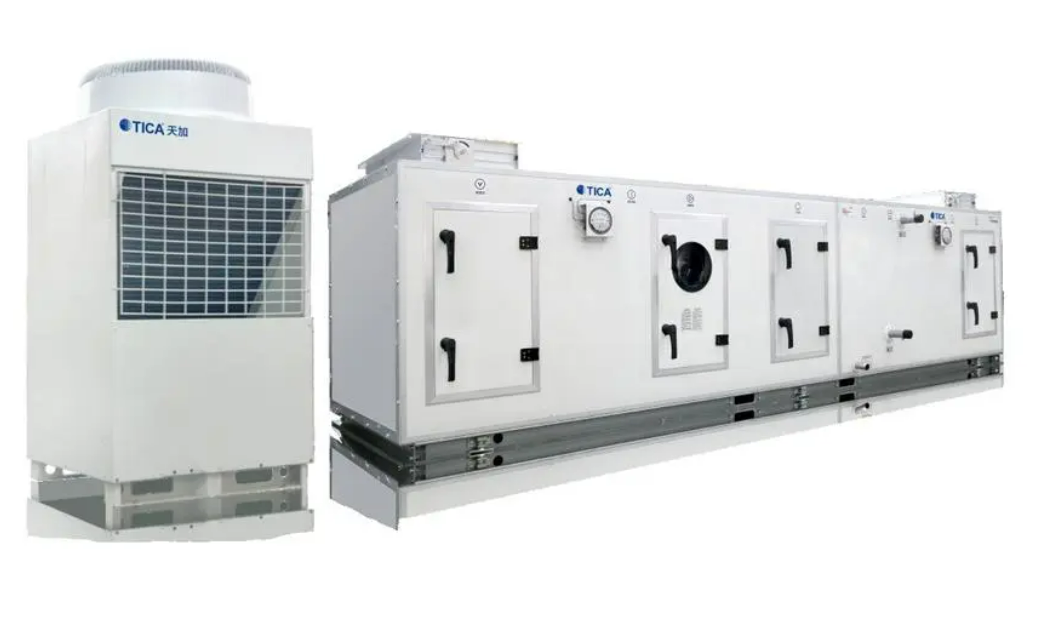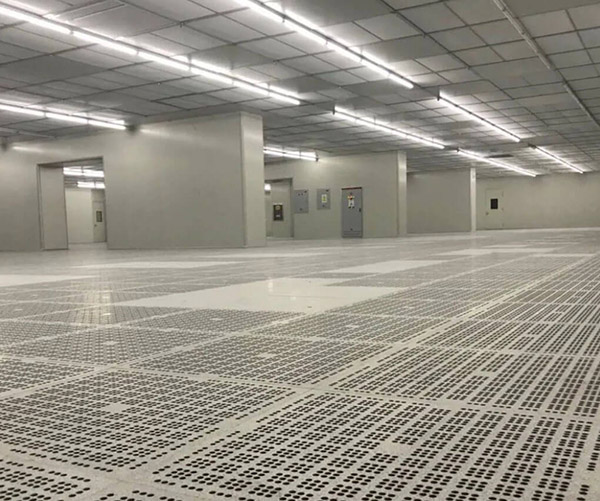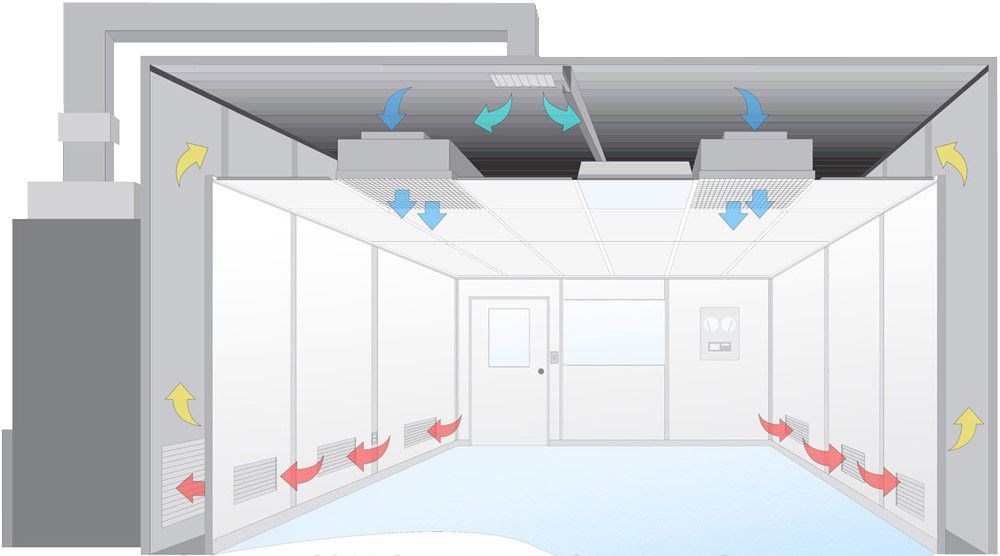Differences in GMP Cleanliness and Microorganisms
in Different Countries
Understanding global GMP variations to ensure pharmaceutical quality and safety
In today's globalized pharmaceutical and healthcare industries, understanding the differences in Good Manufacturing Practices (GMP), particularly concerning cleanliness and microorganisms, is critical to ensuring product quality and safety. This exploration not only highlights regulatory disparities but also sheds light on the unique challenges faced in maintaining global standards.
Global Challenge
Pharmaceutical Manufacturers must navigate diverse regulatory landscapes to maintain compliance across different markets.
Key Factors
Climate, regulatory frameworks, and technological capabilities create significant variations in GMP implementation.
Cleanroom Requirements: Ensuring Optimal Environments
Microorganisms
Controlling microorganisms in cleanrooms is crucial for maintaining product integrity. Different countries have specific guidelines on acceptable microbial levels, often influenced by climate and manufacturing practices.
Example: In tropical regions, stricter controls might be needed due to higher humidity levels.
Cleanliness
Cleanroom cleanliness is defined by particulate levels in the air, with standards like ISO 14644 providing international benchmarks. The measures adopted by different countries may vary based on industrial capabilities and regulatory priorities.

EU StandardsEMA employs a rigorous inspection system emphasizing harmonization across member states.
US FDAFocuses on risk management and flexibility in implementation.
China NMPADeveloping standards with increasing alignment to international norms.
Common Related Questions and Answers
What are the main differences between FDA and EMA guidelines?
The FDA focuses on risk management and flexibility, while the EMA emphasizes harmonization and standardization across the EU.
How do climate conditions affect GMP requirements?
Climate can influence the level of microbial control needed, with humid areas requiring more stringent measures.
Why is cleanroom classification important?
It ensures appropriate levels of cleanliness and microbial control tailored to specific manufacturing needs.
How do regulatory inspections differ globally?
Frequency and rigor can vary, impacting the level of compliance enforcement.
References
- U.S. Food and Drug Administration (FDA) guidelines
- European Medicines Agency (EMA) regulations
- National Medical Products Administration (NMPA), China
- ISO 14644 standards for cleanrooms
- International Conference on Harmonisation (ICH) guidelines
- WHO GMP guidelines
- United States Pharmacopeia (USP) standards
Contact
For more information on global GMP compliance:
info@pharmacompliance.org
+1 (800) 123-4567
© 2023 Pharmaceutical Compliance International. This comprehensive analysis underscores the complexity of GMP implementation across different countries, highlighting the need for tailored strategies to achieve compliance and maintain high standards of product safety and quality.
 +86 18186671616
+86 18186671616 Jason@cleanroomequips.com
Jason@cleanroomequips.com
 MENU
MENU
